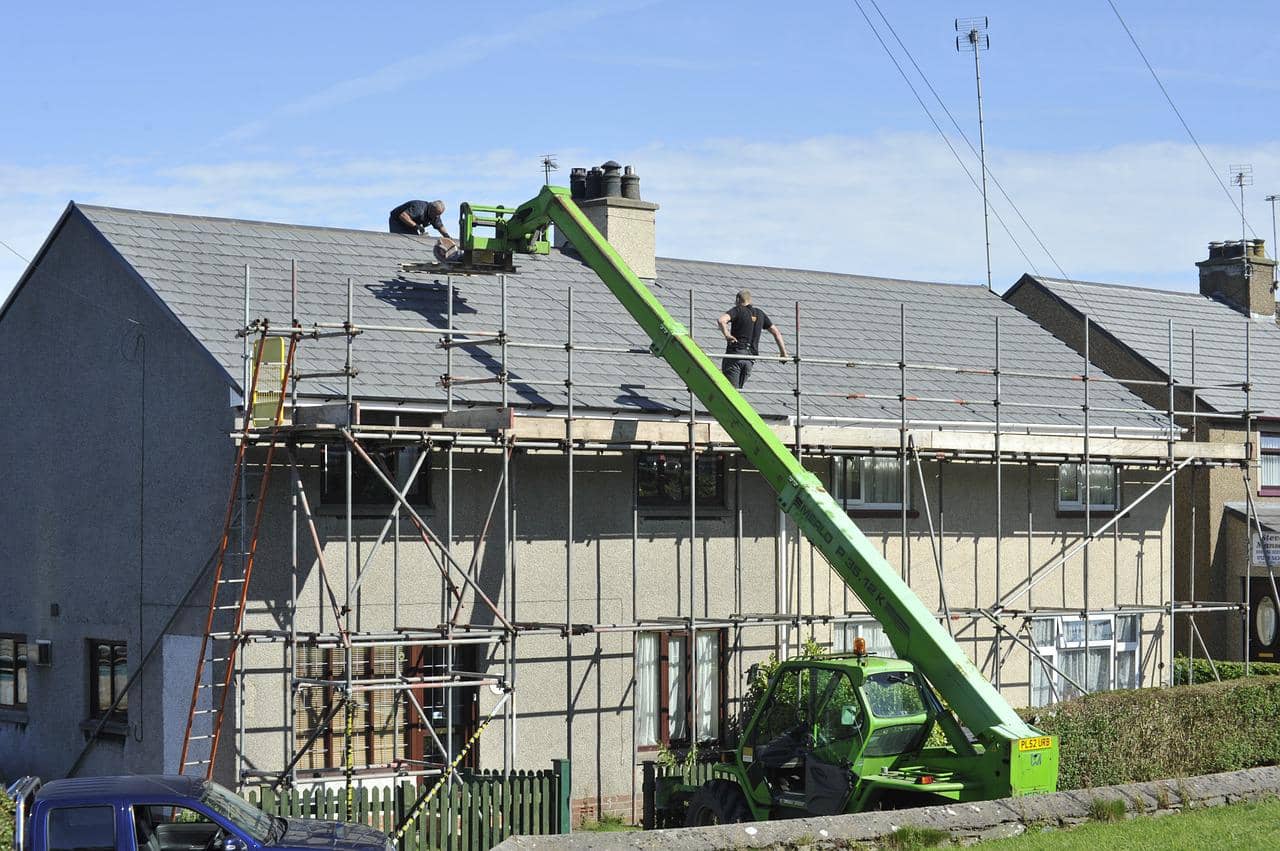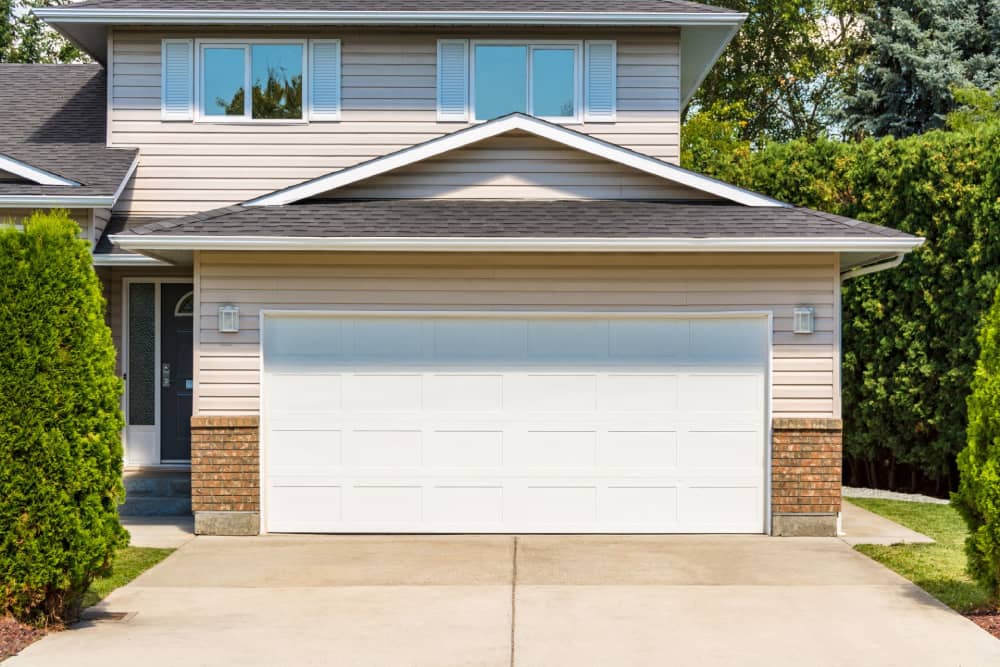Building a new home is both an exciting and overwhelming experience. While you cannot wait to give your family their dream home, the building process, from planning and finding the right builder and building materials to the actual house construction, can be stressful. Here are eight tips to help you navigate your new home building process.
1. Plan ahead
The first step to successful home construction is developing a plan beforehand. Planning involves more than development applications and your home’s blueprints. You also have to decide on the property’s physical orientation, budget, contractors, and realistic timeframe. Be sure to create a building a home checklist of the essential aspects to organize to ensure a streamlined and enjoyable construction process. Having a plan beforehand can also help you anticipate some of the challenges you might face during the construction process, enabling you to be better prepared to combat them.
2. Select the right location
Before buying construction land, conduct in-depth research on the location you want to build your house. Check the area’s history to determine the crime rate to ensure that you do not raise your family in an insecure neighborhood.
Next, evaluate the accessibility of essential amenities such as schools, churches, hospitals, malls, shops, and markets. You should also familiarize yourself with the region’s council development processes, and if you intend to sell your house, checking the area’s home price trends is paramount. Other factors to keep in mind when choosing a suitable location include:
- Proximity to your job
- The location’s soil type. This helps you avoid floods, cracks on your house’s foundation, or spending cash grading and developing the purchased lot.
- Closeness to the neighbors
- The design and styles of other homes in the region
- The lot size
- Slope
3. Pick the right builder
Your contractor is responsible for bringing the building to life and will oversee the construction process in your absence to make sure that everything aligns with your plan, so it is crucial to find a reputable, reliable, and experienced individual.
When picking a contractor for your project, keep your location, budget, desired design, and service expectations in mind. In addition to checking a potential builder’s portfolio to gauge the quality of their work and ascertaining that they are licensed and accredited, you should also consider their personality. New home construction is a lengthy process, so you have to hire an individual you will be most comfortable working with. If a potential contractor takes too long to respond to your calls and emails during the hiring process, they may not be reliable and will not give you timely updates on your home construction, so it is best to continue your hunt.
To help you narrow down your search, ask family, friends, and coworkers for referrals and recommendations to an experienced builder. You could also request to speak to a prospective contractor’s previous clients or read online reviews and testimonials.
4. Develop a realistic budget
You should start thinking about your budget from the moment you decide to build your new home instead of buying. Begin by developing a realistic idea about how much you are willing to spend and how much it costs to build your new home. This requires you to balance your family’s wants and needs with a reasonable assessment of your financial capabilities.
When creating a budget, remember to factor in expenses like the construction land prices, appliances, builders, construction materials, interior accessories, planning and approval charges, settlement fees, and stamp duty, among other associated expenses. Home constructions often cost more than you have budgeted, so creating a contingency budget to cater to unforeseen costs is essential.
Developing a budget, especially for first-time homeowners, can be time-consuming and challenging. Consider working closely with your contractor or consulting a financial advisor to help you devise a realistic budget that covers the entire project expenses.
5. Choose quality building materials
Quality building materials are often expensive, and you may be tempted to pick cheaper alternatives. However, while these materials will appear just as good, they are not durable, and you will spend thousands of dollars replacing them a few years after moving into your new home. For this reason, you should liaise with your custom home builder to pick durable, long-lasting, and high-quality materials. Since your builder also interacts with many construction material suppliers, they can help you negotiate for better prices.
6. Determine your preferred design
You could determine your preferred home design before hiring a contractor to help you choose an individual who specializes in that field for quality results. Alternatively, you could hire a contractor, then visit various display homes to zone in on a suitable design. Either way, ascertain that you pick a design that suits the construction land. It should also fit your family’s current and future needs.
For instance, if you are a young couple and intend to have children in the future, your preferred design should have enough living spaces, bedrooms, and bathrooms to cater to your family. You could also consider whether or not you intend to age in place. This will enable you to decide whether or not to include stairways, the number of flights, and the location of your master bedroom.
7. Keep the housing market in mind
While choosing a home design tailored to your family’s current and future needs, lifestyle, and preferences is crucial; you should also consider a selling possibility. You could get a medical emergency that requires substantial cash deposits, a job offer in a new town and you have to relocate, or the desire to upgrade, necessitating putting your home up for sale. For this reason, you should handle your home construction with prospective buyers in mind. This could mean using neutral colors to paint your home, investing in energy-efficient appliances, and building a functional or open-plan kitchen.
8. Communicate
Once the construction commences, consider scheduling face-to-face meetings with your custom home builder instead of emailing to ensure that everything goes according to plan and catch mistakes on time. Emailing is time-consuming and can be subject to miscommunication or misinterpretation.
Endnote
Building a new home is as rewarding as it is challenging. However, by following the steps above, you can ensure a smooth and less stressful building process.















